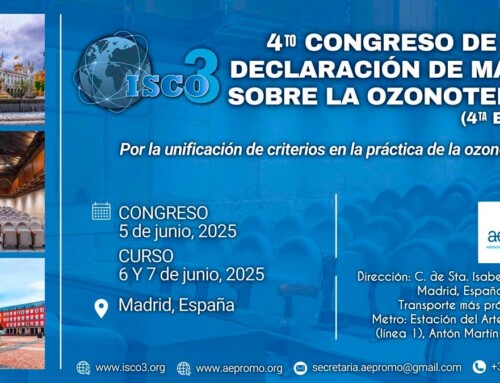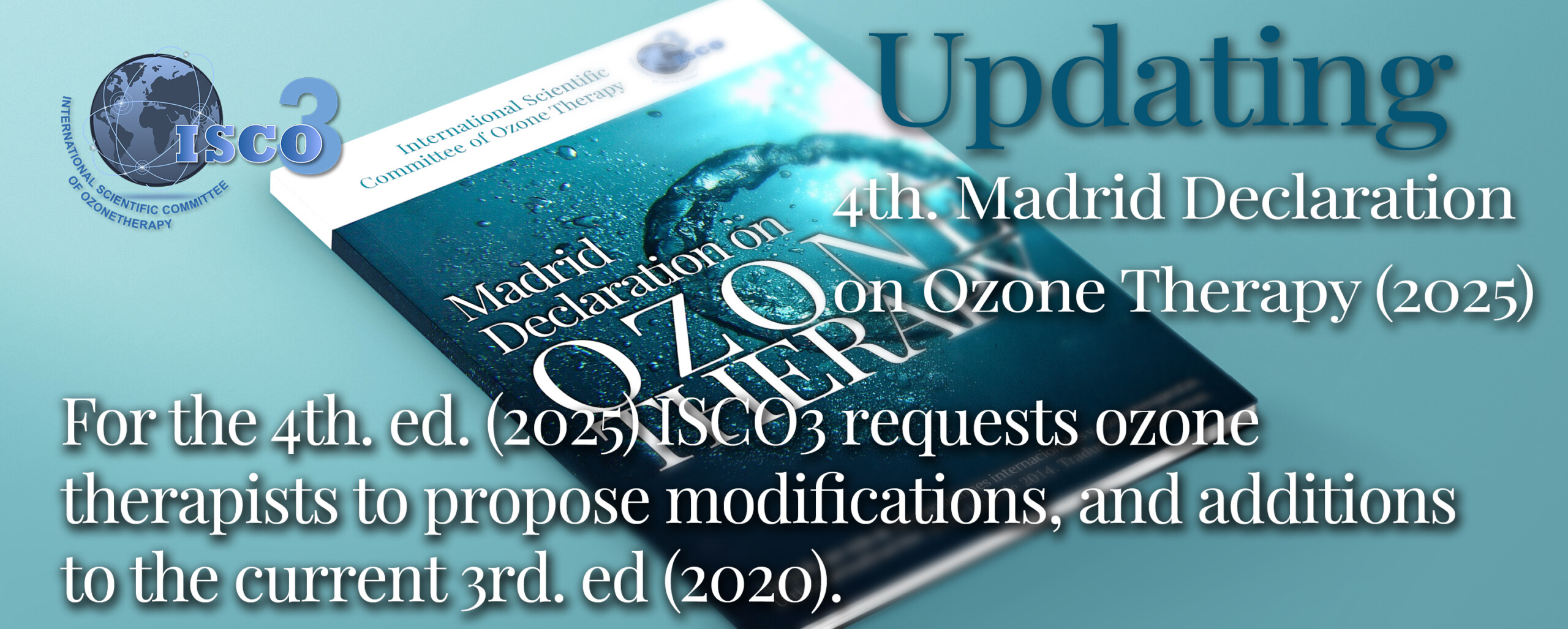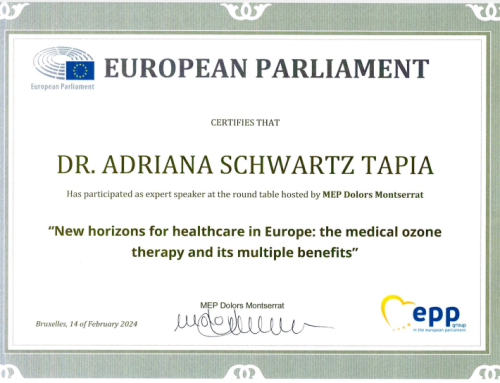- First country in the world to regulate its practice on animals.
- Decision taken by the Federal Council of Veterinary Medicine (CFMV).
- The resolution defines the guidelines for ozone therapy in animals.
- Ozone therapy in animals is a clinical activity exclusive to the veterinarian.
- Brazil has regulated the practice of ozone therapy in human medicine, dentistry and veterinary medicine.
The Federal Council of Veterinary Medicine by means of the CFMV Resolution No. 1,364 (October 22, 2020) defined the guidelines for ozone therapy in animals, stating that “Ozone therapy in animals, including the indication, prescription and application, is a clinical activity exclusive to the veterinary”.
The veterinarian must “have technical support that indicates safety and efficacy for the treatment of the specific disease or condition, in the indicated dose and route, either in an isolated, adjuvant or complementary way.”
The veterinarian “is responsible for the use of appropriate equipment and materials and duly registered with the competent bodies.”
“The veterinarian must” be expressly authorized by the owner, guardian or guardian of the animal “through informed consent.
The Federal Council of Veterinary Medicine (CFMV) based its decision on law 5,517 (October 23, 1968) on the exercise of the veterinary profession.
Brazil has regulated ozone therapy in human medicine, dentistry and veterinary medicine.
With the resolution of the CFMV, Brazil has regulated the practice of ozone therapy in human medicine, dentistry and veterinary medicine.
Dentistry
The Federal Council of Dentistry (CFO) regulated the use of ozone therapy for dental practice by Resolution 166 (November 24, 2015).
Human medicine
The Ministry of Health of Brazil through the ordinance No. 702 (March 21, 2018) incorporated ozone therapy for its use in the public health service called SUS (Unique Health Service).
The Brazilian government stated “ozone therapy is an integrative and complementary practice of low cost”; it noted that the therapy has a “proven and recognized safety”. It indicated that this therapy “contributes to the improvement of various diseases, since it can help to recover naturally the functional capacity of the human and animal organism.”
However, the following month (April 20, 2018) the Federal Council of Medicine (CFM) through the CFM resolution No.2.181 / 2018 decided to consider “ozone therapy as an experimental procedure for medical practice.” He emphasized that failure to comply would lead to investigations and ethical-professional processes against offenders.
Ozone therapy in human medicine, unlike regulations in dentistry and veterinary medicine, is authorized to be practiced in the public health sector. Only as “experimental” can be used in the private sector.
Daily paradox that the physicians are facing
Currently there is the following legal contradiction: the physician who works, for example, part time in the mornings in the public service may use ozone therapy covered by the ordinance No. 702 of March 21, 2018 of the Ministry of Health. That same physician in his private practice in the afternoons will no longer be able to use it due to the Resolution CFM No.2.181 / 2018 of the Federal Council of Medicine (CFM).
Analysis document
IMEOF (International Medical Ozone Federation) has issued the paper “Preliminary Legal Evaluation – Legal Situation of Ozone Therapy in Brazil” analyzing the legal paradox in which ozone therapy is found in that South American country and suggesting some proposals.




